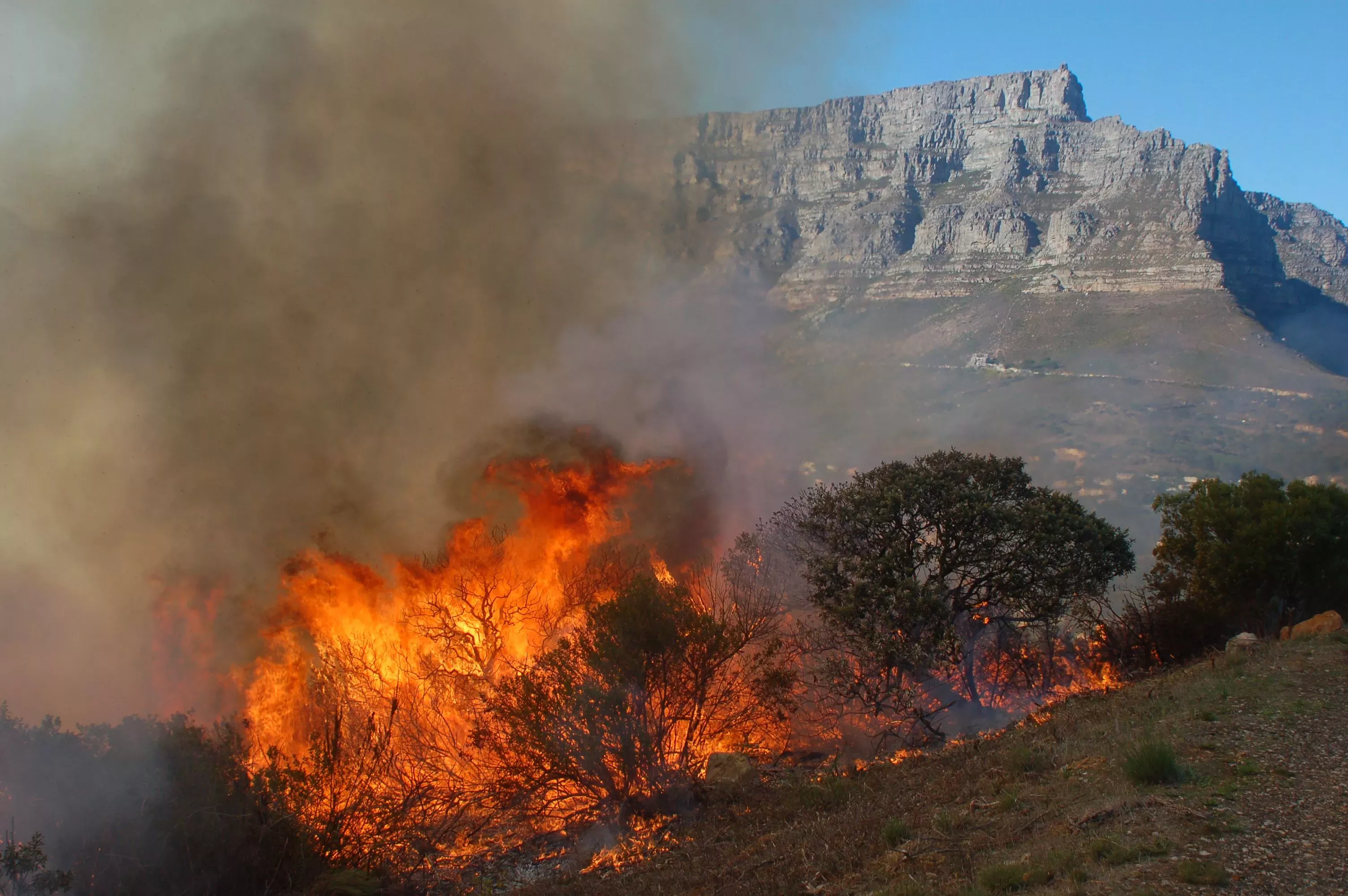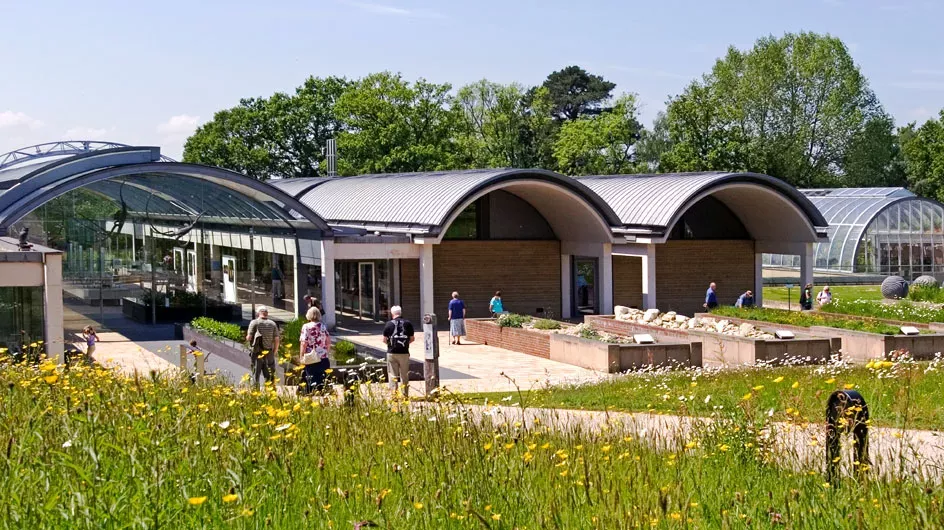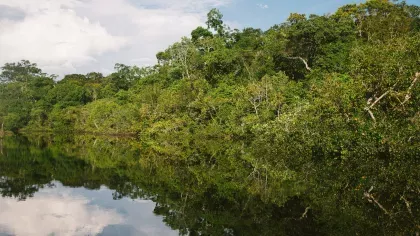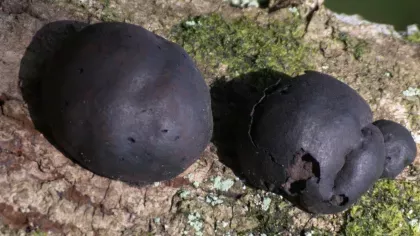6 February 2020
Fires fuelled by climate change
Fires worsened by drought and extreme heat are scorching the earth and threatening the world’s biodiversity.

Fires ignited by lightning strikes or human activity are exploding into giant infernos due to climate change.
Long periods of scorching heat and severe droughts are increasing the frequency and intensity of fires.
Fire-intolerant plants are burning and being destroyed completely.
This poses a severe threat to the future diversity of species, and will have major impacts on the composition, structure and function of fire-prone ecosystems around the world.


Fire can encourage new growth
Fire is a natural element in many ecosystems.
The role that fire plays in fire-prone ecosystems is very important for sustaining and enhancing biodiversity.
Plant species in these ecosystems have adapted to fire and developed ways to survive and even thrive after being burnt.
Some plants need the heat from fire to release their seeds and regenerate.
The fire lily (Cyrtanthus ventricosus), for example, is completely dependent on fire to flower and produce seeds. Nine days after fire, its flowers emerge.
Fire can stop trees and tall shrubs from overgrowing so that young plants receive enough sunlight to grow to maturity.

Climate change is driving intense fires
Whilst fire is a natural process that encourages regeneration, the nature of fire is changing, and species are struggling to adapt.
When fires are too frequent, they destroy plant species that do not have enough time to flower and make seeds for the next generation.
The severe drought conditions accompanying fires also mean that the seedlings that emerge after fire do not receive enough water and dry out.
This could severely affect the future survival and diversity of species and have a long-term impact on vegetation structure and habitats around the world.
Invasive plants (plants that are not native to an ecosystem) also have a big impact on fire behaviour.
They increase the amount of fuel available to burn and can be highly flammable so fires occur more frequently.
Invasive plants can also lead to hotter fires as they burn at a much higher temperature than native plants.
These frequent, extremely hot fires can scorch the earth, bake the soil, and kill the seeds in the soil, which is having disastrous effects on species survival.

Recovering plants after devastating fires
Living collections in botanic gardens across the globe are vital for fire restoration efforts.
Here at Kew, we have a Wollemi pine specimen near the Temperate House.
There are fewer than 100 Wollemi pine (Wollemia nobilis) trees in the wild that are growing in a gorge in a remote part of the Wollemi National Park, Australia
On 16 January 2020, specialist firefighters saved the world’s last wild Wollemi pines from the Gospers Mountain fire.
Had these rare trees been lost forever from the wild, living collections across the globe such as ours would be vital in contributing living material to support the restoration of fire-affected areas.

Seed banks are also a vital conservation resource.
Kew’s Millennium Seed Bank (MSB) works closely with the Australian Seed Bank Partnership (ASBP) to conserve Australia's rich biodiversity.
ASBP brings seeds banks from across Australia together to share plant conservation efforts, collection priorities, and training.
Since collaborations with Australian seed banks and conservation organisations first began in 2000, over 12,000 collections from Australia, representing almost 9000 plant species, have been stored at the MSB.
Kew has offered to expand on this work, and support emergency seed collecting in areas affected by the devastating Australian bushfires.
This will ensure threatened plant species in Australia are banked and conserved for the future and are available to support crucial restoration of habitats.




